Palmetto Bluff Real Estate Company Sales Office
Office Hours
Monday-Friday 9am - 5pm
Saturday 9am - 4pm
Sunday 12 - 4pm
Saturday 9am - 4pm
Sunday 12 - 4pm
The mere mention of white-tailed deer conjures up a familiar mental image. It is a bitter cold winter morning. A mature buck stands proudly with a tall, heavy set of antlers reaching skyward. His breath materializes into a thick mist in the light of the sun, which has been slowly making its debut behind him. His harem of does (females) feeds around him in quiet comfort. They stand in the edge of a frosted field of lush, leafy turnips and tall green oats. The field is surrounded by an untouched, magnificent maritime forest. At Palmetto Bluff, this is a common scene. Here, the deer herd is studied and managed by the Palmetto Bluff Conservancy at a level that cannot be found at most places.
The Conservancy uses a wide variety of tools to manage and study the deer herd that lives at the Bluff. Nighttime spotlight surveys and trail camera censuses are utilized to estimate population and density in specific areas. Deer nutrition is supplemented with cultivated food plots that are scattered property-wide. Every May, the Conservancy conducts the summer planting, which consists of Alyce clover, Aeschynomene, and buckwheat, to ensure the deer on property are well-fed with food that has real nutritional value. Another planting occurs in October. This crop is a mix of wheat, naked oats, rape, rye, and turnips. Over 40 automatic corn feeders supply deer with a quick and easy meal. These extra food sources are great for other wildlife as well. Birds of all kinds are visitors to Palmetto Bluff’s nutrient-rich food plots.
White-tailed deer are an iconic American wildlife species, and they are the state animal for nine states, including South Carolina. The pursuit of the white-tailed deer generates billions of dollars annually, but hunting is also a beneficial practice for healthy herd production. Since deer have very few limiting factors, their numbers can quickly exceed the carrying capacity of the land upon which they reside. The Palmetto Bluff Conservancy hosts guided deer hunts for property owners, which help form a deep bond between owners and this special land they live on while also maintaining the local herd below carrying capacity. Their antlers serve as trophies for hunters and their meat fills freezers. Meat from a white-tailed deer is second to none. Like beef, it is crimson red in color but much leaner. The deer’s all-natural diet provides a hunter with a hormone-free, healthier alternative to store-bought beef, and it’s cheaper too. A pound of ground beef averages $3.50; whereas, a pound of fully processed ground deer meat costs roughly $1.50 depending on the processor. Cheaper and healthier? Those two words are seldom used to describe other foods. (My preferred recipe for preparing and cooking delicious deer meat is on the next page.)
The fact that deer are a major game species in the United States is not the only interesting aspect of their existence. The intricacies of the life they live is a spectacle of its own. Deer belong to a family of species known as Cervidae. The members of this family include white-tailed deer, mule deer, moose, caribou, elk, and several others. What all of these species share is that the male of the species grows and sheds a new pair of antlers every year. This trait sets the tone for their entire year. Let’s take a look at the stages each deer undergoes throughout the year.
There are several events occurring within the deer community during the summer months. Does are giving birth to offspring known as fawns, which are covered in white spots that serve as a type of camouflage. The fawns will spend their days hiding and the mother will return to them periodically so they may nurse. (If a fawn is found alone, it is important to leave it undisturbed. The mother has not abandoned it; she is simply feeding and will return soon.)
Bucks also begin growing their antlers for the year at this point. Their rack size and shape are directly related to the amount of minerals available for consumption. As the antlers grow, they are encased in a layer of skin and blood vessels known as velvet. During the summer, does and bucks spend very little time together. Instead, bucks often hang together in a bachelor group.
Antler growth slows down, and soon, bucks will leave their bachelor groups to seek solitude. While they are alone, they eat as much as possible to build fat reserves, causing their antlers to “harden out.” After their antlers have hardened, the bucks will rub them on branches and saplings. This removes the velvet and polishes the antlers.
Fawns have now learned to feed on their own. They still hang close to their mothers but can survive without them, and the spots that once covered their backs have faded or disappeared completely.
Females enter estrus and “the rut” ensues. The rut is the season when deer breed, which brings about major changes in their behavior. Bucks establish a hierarchy by fighting and use the antlers grown over the last few months as weapons. The biggest, strongest bucks earn the right to breed with the female, but many of the females didn’t sign up for this. The bucks chase the females around and give them little rest. Bucks are often so focused on females that they are oblivious to their surroundings, and for this reason, the rut is time of year when most deer are struck by cars. Their preoccupation with females causes them to forget an important rule—look both ways before you cross the street!
Breeding season comes to a close. Bucks, worn down by the rigors of the rut, are visibly thinner. With no receptive females left, they begin to return to their bachelor groups. The antlers that have served them throughout the rut loosen and fall off. From here, the annual cycle starts over just as it has done for 3 million years since deer first evolved.
White-tailed deer live a unique lifestyle. By studying their behaviors and population dynamics, a deep appreciation for them is formed. There is no doubt why they are one of the most recognizable American species, and they certainly make great wild neighbors at Palmetto Bluff.
Justin’s Favorite Deer Meat Recipe
Grilled, Marinated Backstrap or Loins
For best results, have more than one ice-cold beer of your choosing beforehand.
Photography by Michael Foster

Photography by Summer Pagatpatan Bentley || Chocolate Labrador || Male || 9 Years Old Bentley is always happy to see anyone. He’s the fan favorite in our neighborhood and might bust down the door to see you! Bentley loves to go on a treat walk in Wilson ...
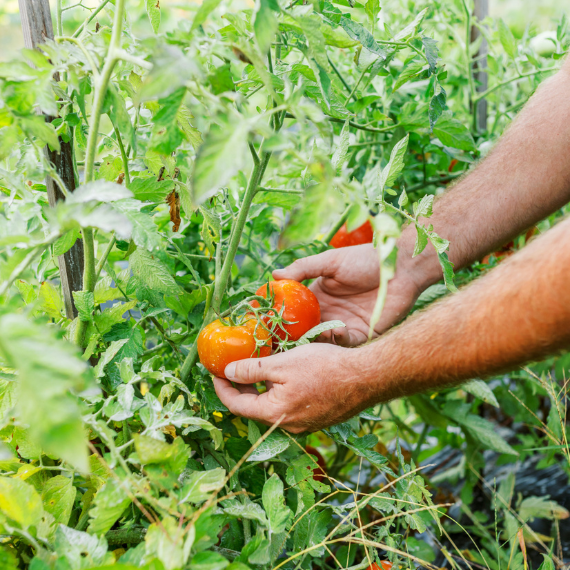
What’s more “summer” than tomatoes from the garden? Or, in Palmetto Bluff’s case–tomatoes from The Farm? We asked our newest addition to the Palmetto Bluff Club’s culinary team, Chef Beth, to share a classic summer staple from her library of recipes: Fattouche...

How did you two meet? Patti: We actually met in college but never dated. We went to Auburn University and both moved to Atlanta after graduation. He was in graduate school at Emory, and I worked as a nurse at Emory’s Children’s Hospital. Pat: Our friend grou...
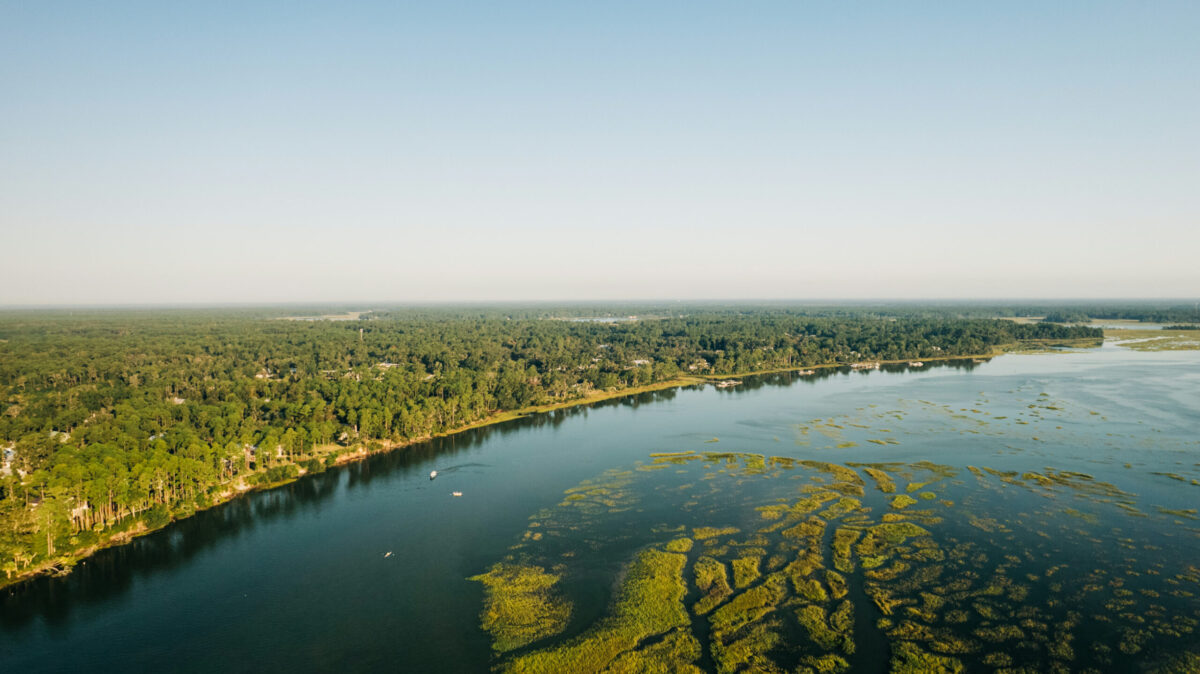
Boat The Bluff: South Carolina Waterways Imagine gliding through serene, glassy waters surrounded by lush marshlands and maritime forests. Welcome to Palmetto Bluff, South Carolina—a paradise for nature enthusiasts, water sports aficionados, and anyone seekin...
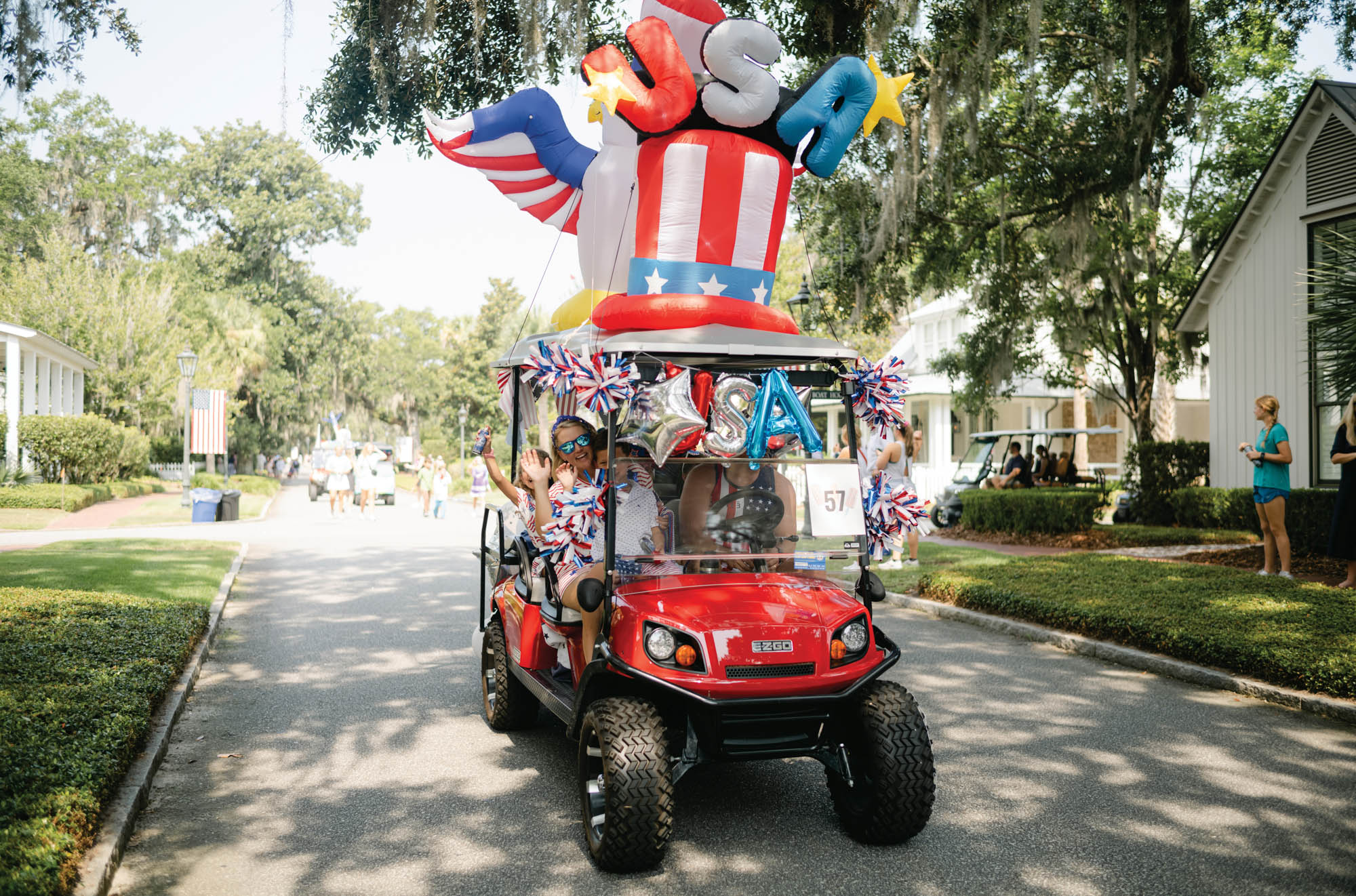
Photography by Charlotte Zacharkiw The fourth of July is the highlight of the Palmetto Bluff calendar. Follow along with the Truslow family on this magical summer day. Neal and Lauren Truslow come to Palmetto Bluff as often as they can. Their kids...
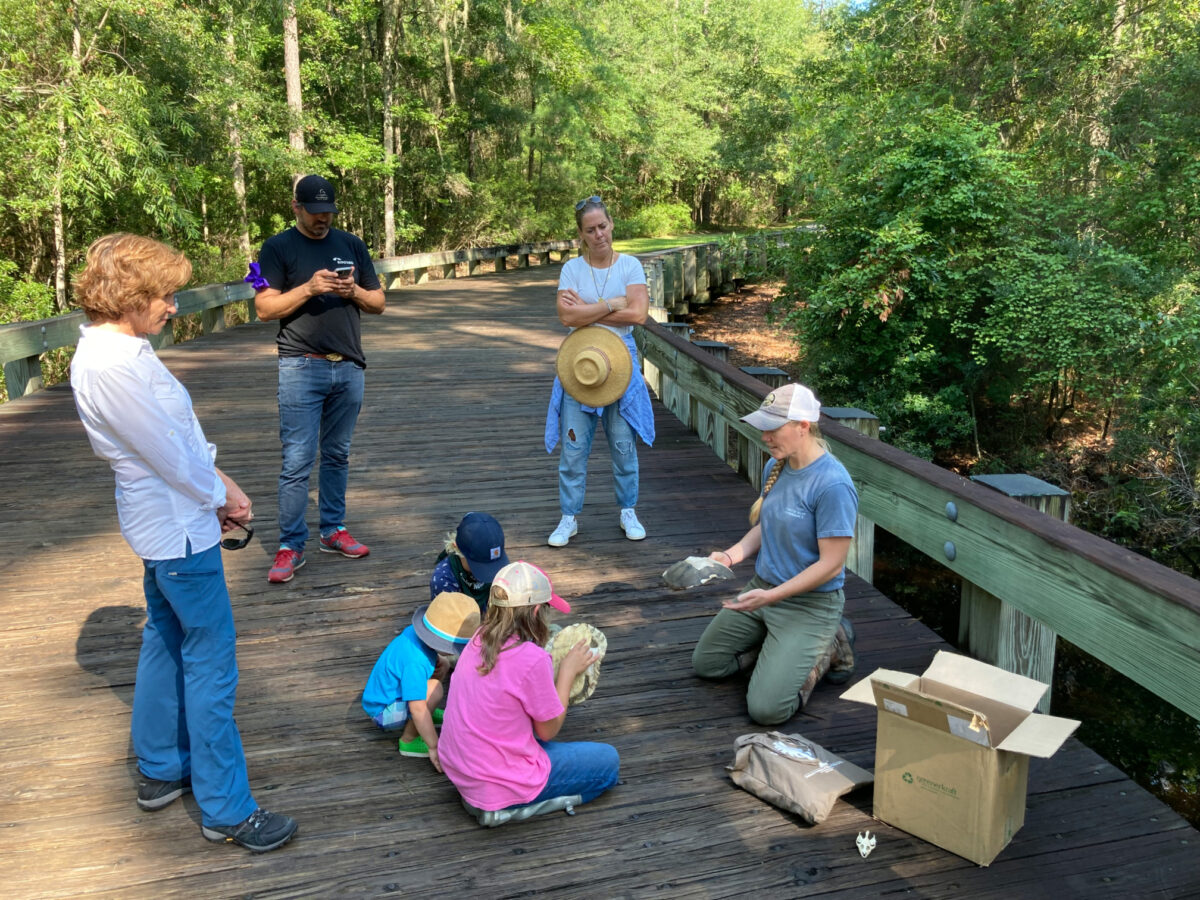
Protecting Nature and History at Palmetto Bluff In the heart of South Carolina's Lowcountry lies Palmetto Bluff, a sanctuary of natural beauty, rich history, and vibrant ecosystems. Since its establishment in 2003, the Palmetto Bluff Conservancy has been dedi...

Photography by Gately Williams Cruise Control Palmetto Bluff lies at the heart of the vast network of rivers and creeks that connect the South Carolina Lowcountry’s barrier islands. A stone’s throw from the notable cultural and historic hubs of Savannah, B...

Tracy’s Journey to Palmetto Bluff Real Estate Situated in the heart of Bluffton, South Carolina, Palmetto Bluff is more than just a community—it's a place of magic and wonder. For Tracy Schyberg, a dedicated sales executive with the Palmetto Bluff Real Estate...
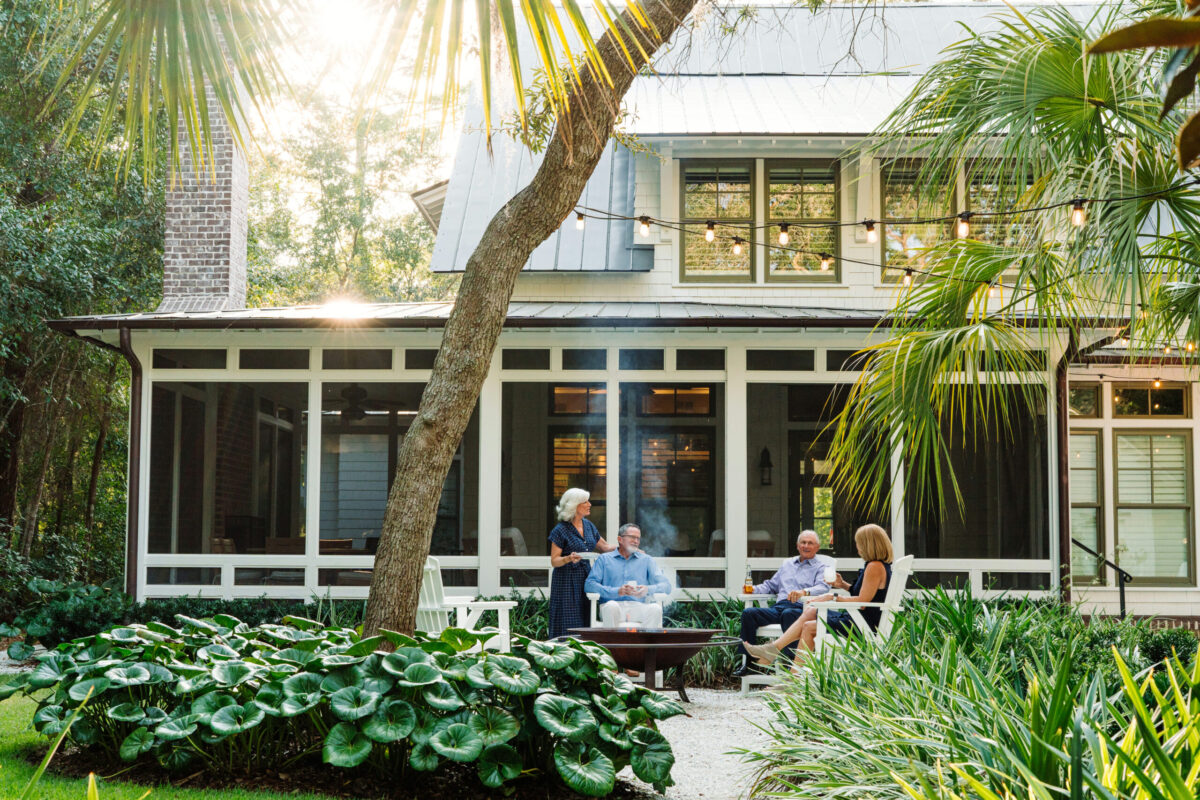
Enhancing Coastal Living With Lowcountry Landscaping Trends The Lowcountry lies along the southeastern coast of the United States, a region known for its breathtaking landscapes, rich history, and unique culture. From the charming streets of Charleston to the...
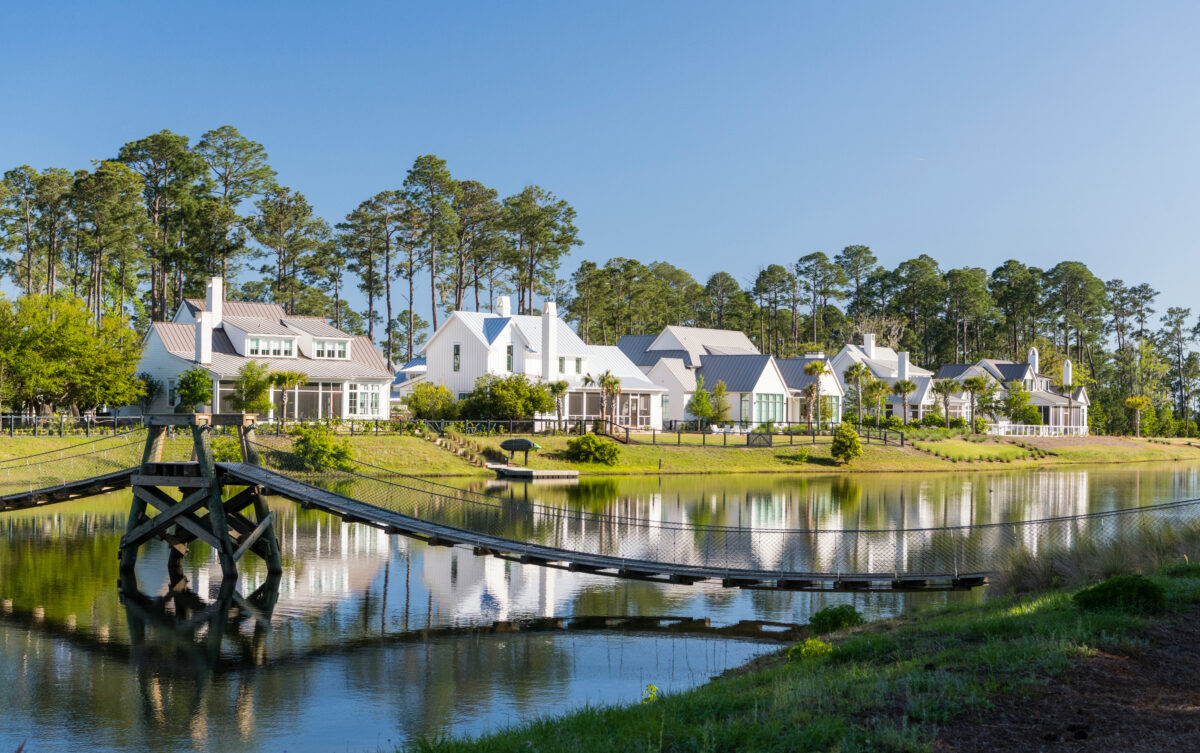
Palmetto Bluff Real Estate Available in Moreland Forest Nestled in the heart of the Lowcountry, Moreland Forest is a charming neighborhood known for its beautiful natural surroundings, Lowcountry architecture, and luxurious amenities. Within the lush forests ...
Learn about the Palmetto Bluff Conservancy and how we keep the vision of our land in place.
On land or water, there is an ever-evolving variety of activities.
We do not attempt to independently verify the currency, completeness, accuracy or authenticity of the data contained herein. All area measurements and calculations are approximate and should be independently verified. Data may be subject to transcription and transmission errors. Accordingly, the data is provided on an “as is” “as available” basis only and may not reflect all real estate activity in the market”. © [2023] REsides, Inc. All rights reserved. Certain information contained herein is derived from information, which is the licensed property of, and copyrighted by, REsides, Inc.